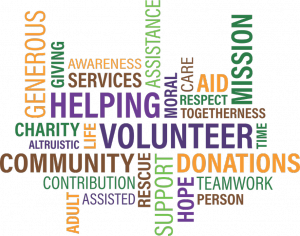This Winter has been a colder then average year for a majority of the country. When the temperatures plummet life keeps churning along. For this reason, many people are forced to get out and driving in dangerous conditions in order to get to work. Here are several tips to help you get to where your going safe and sound.
Preparing Your Vehicle
Stocking your car with a Winter Weather Survival Kit is a great idea to prepare yourself for the unfortunate event that you are stuck in your car for an extended period of time. Additionally you should have proper maintenance done to prepare your vehicle for the colder months. Much of the maintenance that needs to be done depends upon the area in which you live and how cold it actually gets. Additional antifreeze is needed in many parts of the country as well as keeping chains available for when ice is on the roads.
Watching the Weather
Keeping an eye on the weather forecast is important during the Winter Months. Most snow and Winter Weather Storms are known a few days in advance. If you are at work and you know a storm is coming in at 5:00 PM. It might be a good day to leave the office at 3:00 PM. Keeping an eye on the weather can help you be prepared when the conditions are less than ideal.
Drive Slowly
The only way to drive safely on ice is to go slow. Four wheel drive will help you get out when you are stuck in the ditch, but it will not make your brakes miraculously work when you hit a patch of black ice. When you do hit ice it will only mean you have four tires slipping instead of two. Driving slowly and giving yourself plenty of distance is always the best way to drive when you are dealing with snow and ice.
Breaking Down or Getting Stuck
Having a Winter Safety Kit in your car is the first step to dealing with a situation where you are stuck on the roads when the temperatures are cold. Many sporting goods stores have many of the supplies you may need to keep handy. An emergency sleeping bag or at least a blanket should be available. Some snacks and bottled water are a good idea as well.
Stay Home
The best way to prevent having to use any of these tips is to stay off the roads and do not drive unless you absolutely have to.


